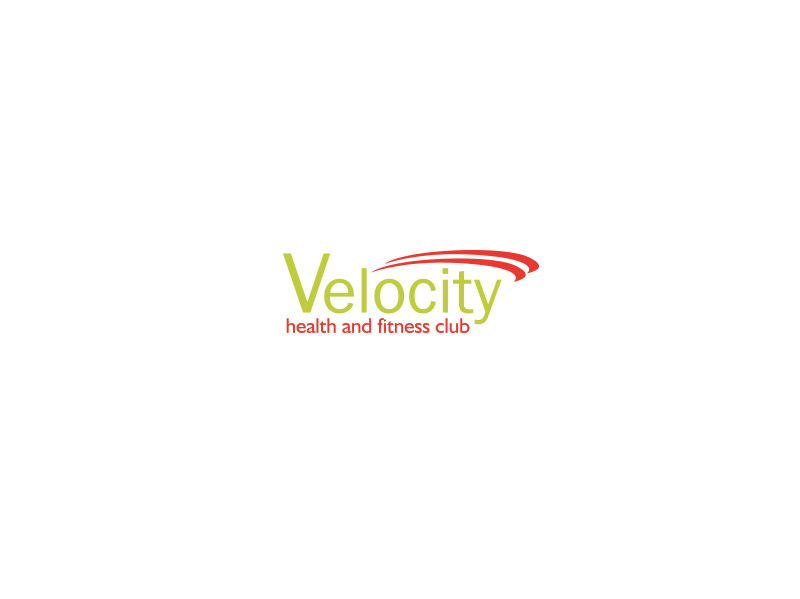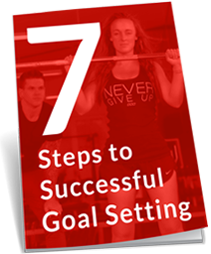
Running has long been a popular form of exercise and with more national running events than ever before it is little wonder that so many people are taking up the challenge to add running to their exercise regimes. For those of you who do run for fitness you will already be aware of the mental and physical rewards running has to offer. Running really is one of the most time effective methods of losing body fat and improving fitness known to man. This is because each stride forces you to work against the force of gravity. The more mass you carry, the greater that force will be. This is why virtually all serious runners are very, very lean as well as extremely aerobically fit. The benefits don’t stop there either. There’s no need to worry about setting up any special equipment. Just put on your running shoes, step out the front door and your workout has begun. Any time, any place, any weather, you can really always run. Many people discover that there’s a real freedom and simplicity about running. Once hooked most runners never look back.
Although running offers tremendous benefits it is not necessarily ideal for everybody. The main potential drawback concerns the impact and loading stresses of the hip, knee and lower back joints associated with each foot strike. In a healthy, biomechanically well-balanced joint, there is no problem, but those with a history of injury may be better confining themselves to treadmill running (offering far more cushioning than regular tarmac surfaces) or taking up something less impacting such as cycling, power walking or using gym machines such as a stepper, rower or elliptical machine. Treadmill or not, you really must have a decent pair of shoes to suit your feet. Running shoes really do make the difference between comfort or pain, enjoyment or injury. There is much attention focused on types of shoes today and whether your preference be the typical running shoe or Vibrams, your choice should cushion the feet against the impact of foot strikes and provide stability to the foot – preventing excessive twisting or tilting.
Like any other form of exercise it is important to start out light, gradually building your distance and intensity. Add in a few hills to your routine to challenge your fitness levels. We emphasise different muscles when running up and down hills which help to create toned lean legs and gluteal muscles as well as burning stored body fat. Another area often forgotten which is improved by running is our core region; everything between our necks and gluteals – front and back which are some of the most important muscles in the body. Running also needs to be combined with some strength and flexibility work in order to prevent potential muscular imbalances developing. Rest is another important factor with running as with any exercise and mixing up your exercise routine will certainly help get the results you are after.

